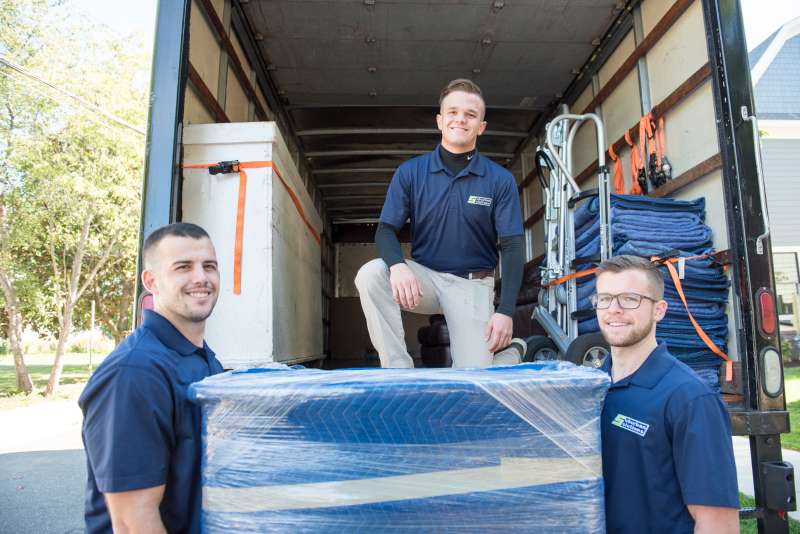Transporting a piano is no small feat. Whether you’re moving a grand piano, an upright piano, or a digital keyboard, the process requires careful planning and execution. In this comprehensive guide, we’ll cover everything you need to know about piano transport, from preparation to execution, ensuring your instrument arrives safely at its destination.Pianos are delicate and heavy instruments, often weighing between 300 to 1,000 pounds. Improper handling can lead to damage, which is why professional piano movers are often recommended. However, if you’re determined to handle the move yourself, follow these steps to minimize risks.
- Assess the Piano: Before moving, evaluate the piano’s size, weight, and type. Grand pianos require disassembly, while upright pianos may need to be tilted carefully.
- Gather the Right Equipment: You’ll need moving blankets, straps, a dolly, and possibly a ramp. For grand pianos, a skid board is essential.
- Secure the Piano: Wrap the piano in moving blankets and secure them with tape or straps. Remove any loose parts, such as the music stand or pedals.
- Lift with Care: Use proper lifting techniques and ensure you have enough people to share the load. Never lift a piano by its legs or keyboard.
- Transport Safely: Place the piano on a dolly and secure it in the moving truck. Avoid sudden stops or sharp turns during transit.
If you’re hiring professional piano movers, here are some tips to ensure you choose the right service:
- Check Credentials: Look for movers with experience in piano transport and positive customer reviews.
- Get a Quote: Request a detailed estimate, including any additional fees for stairs or long carries.
- Ask About Insurance: Ensure the movers offer insurance coverage for potential damage during transit.
- Plan Ahead: Book your movers well in advance, especially during peak moving seasons.
Piano transport isn’t just about moving the instrument from one place to another. Climate and humidity changes can affect the piano’s tuning and internal mechanisms. Here’s how to protect your piano during and after the move:Climate Control: If possible, transport the piano in a climate-controlled vehicle. Extreme temperatures and humidity can cause wood to expand or contract, leading to damage.Re-Tuning: After the move, schedule a tuning session with a professional piano technician. The instrument will likely need adjustments due to the movement and environmental changes.Placement: Once the piano is in its new location, avoid placing it near windows, vents, or direct sunlight. These can cause fluctuations in temperature and humidity.For those moving a piano internationally or across long distances, additional considerations apply:
- Customs Regulations: Check the import/export regulations for pianos in your destination country. Some countries require special permits or inspections.
- Shipping Options: Choose between air freight (faster but more expensive) and sea freight (slower but cost-effective). Ensure the piano is crated properly for the journey.
- Insurance: Opt for comprehensive insurance coverage to protect against damage or loss during transit.
In conclusion, piano transport is a complex process that demands attention to detail. Whether you’re moving locally or internationally, taking the right precautions will ensure your piano remains in pristine condition. By following the tips outlined in this guide, you can navigate the challenges of piano transport with confidence.

